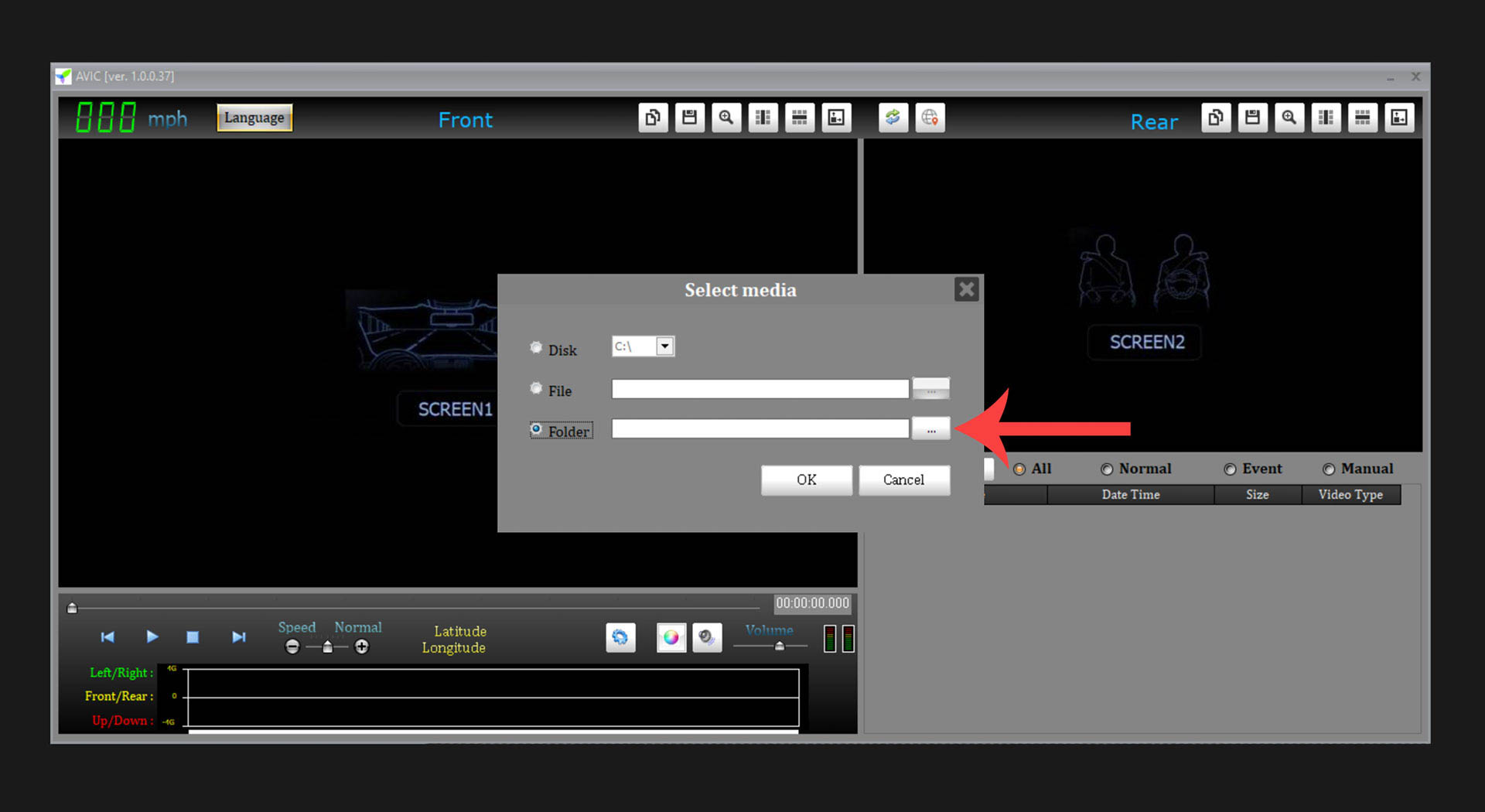

The malleal manubrium was observed only in examinations in the second half of pregnancy, appearing as a bright echo within the upper area of the tympanic ring in 56% (9/16) and 82% (9/11) of cases with tympanic ring imaging appropriate for measurement of the study parameters in the 23-week and 32-week subgroups, respectively. Mean IMIA ranged from 41.0 to 60.4° and mean AMIA from 17.3 to 23.4° across the different gestational-age subgroups.

LTRD and STRD each showed a linear correlation with gestational age (r = 0.96 for both measurements P < 0.01). Higher demonstration rates were achieved in the 16-week and 23-week subgroups (90% and 80%, respectively) than in the others. Tympanic rings appeared as round-oval, thin, echogenic structures in a plane tangential to the inferolateral surface of the fetal skull below the inferior border of the squamous part of the temporal bone. The feasibility of tympanic ring demonstration was assessed in each gestational-age subgroup. Study parameters included the inferomedial inclination angle (IMIA) of the tympanic ring relative to the vertical skull axis, the anteromedial inclination angle (AMIA) of the tympanic ring relative to the anteroposterior skull axis and the longest (LTRD) and shortest (STRD) tympanic ring diameter, the latter measured perpendicular to the LTRD. Transvaginal scans were carried out in the 12-week and 16-week subgroups, and transabdominal scans in the 23-week and 32-week subgroups. The volume acquisition plane was directed to the inferolateral aspect of the fetal temporal bone.

A standard algorithm for tympanic ring examination was constructed using 3D multiplanar reconstruction. Tympanic ring visualization was achieved by two-dimensional and three-dimensional (3D) sonography. This was an observational cohort study of 80 healthy fetuses in low-risk pregnancies, divided into four gestational-age subgroups (12, 16, 23 and 32 weeks), each comprising 20 consecutive fetuses. To examine the feasibility of ultrasonographic imaging of fetal tympanic rings. As already reported, 3D and 4D ultrasound may improve ultrasound performance in facial anomalies. Autopsy examination is always strongly recommended for accurate genetic counselling. Copyright © 2008 John Wiley & Sons, Ltd.Diagnostic ultrasound cannot give a complete assessment of foetal anatomy. The detection rate was higher for facial malformations at the centre with routine 3D and 4D scans, and better for the heart and thorax at the other centre.ConclusionDiagnostic ultrasound cannot give a complete assessment of foetal anatomy. Sensitivity between centres did not differ statistically for the brain, spine, limbs and abdomen, but was different for the face (p = 0.005) and heart (p = 0.007). The detection rate was higher for facial malformations at the centre with routine 3D and 4D scans, and better for the heart and thorax at the other centre.Abnormalities were found most frequently in the brain (48.9%), heart and thorax (34.0%), limbs (31.9%), face (15.9%), and abdomen, urogenital tract and spine (14.5%). We compared prenatal ultrasound and autopsy findings for each organ, calculating the sensitivity, specificity, positive predictive and negative predictive values, and false-positive and false-negative rates for ultrasound.ResultsAbnormalities were found most frequently in the brain (48.9%), heart and thorax (34.0%), limbs (31.9%), face (15.9%), and abdomen, urogenital tract and spine (14.5%). We compared prenatal ultrasound and autopsy findings for each organ, calculating the sensitivity, specificity, positive predictive and negative predictive values, and false-positive and false-negative rates for ultrasound.A retrospective study of 138 cases with a termination of pregnancy for foetal abnormalities after 21 weeks' gestation from January 2004 through May 2006 was carried out. ObjectiveTo compare ultrasound diagnosis with autopsy findings in two tertiary referral foetal medicine centres, only one routinely using 3D and 4D ultrasound, and to compare results between the centres.To compare ultrasound diagnosis with autopsy findings in two tertiary referral foetal medicine centres, only one routinely using 3D and 4D ultrasound, and to compare results between the centres.MethodsA retrospective study of 138 cases with a termination of pregnancy for foetal abnormalities after 21 weeks' gestation from January 2004 through May 2006 was carried out.


 0 kommentar(er)
0 kommentar(er)
